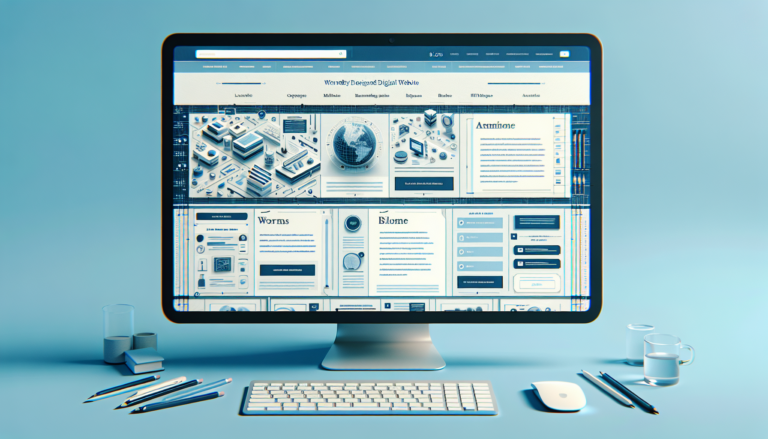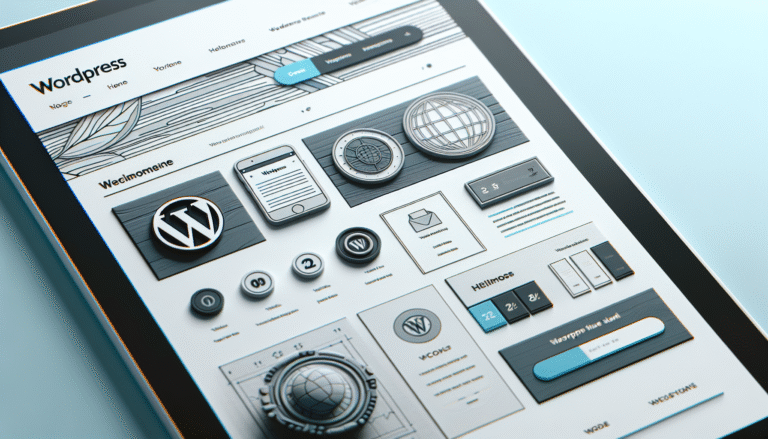
Shrinkflation and the Environment: The Hidden Climate Cost of Smaller Products
For environmentally conscious consumers, shrinkflation isn’t just a pricing tactic—it’s a climate issue. While it may seem like a minor annoyance when your favorite snack suddenly contains fewer chips for the same price, the environmental consequences of this practice are far-reaching.
Shrinkflation refers to the strategy where companies reduce the size or quantity of a product while maintaining its original price. It’s a subtle form of inflation that often escapes notice, but its impact extends beyond consumer frustration. As product sizes shrink, companies may need to produce and transport more units to meet demand, which can lead to increased energy consumption, resource use, and greenhouse gas emissions.
In this article, we’ll explore how shrinkflation contributes to environmental degradation and what can be done to counter its effects.
What Is Shrinkflation?
Shrinkflation is a cost-management strategy where manufacturers reduce the amount of product in a package without lowering the price. Unlike traditional inflation, where prices visibly rise, shrinkflation hides cost increases by offering less for the same price.
For example, a cereal box might drop from 500 grams to 450 grams, but the price remains unchanged. Most consumers don’t immediately notice the change because they rely on brand familiarity and packaging appearance rather than checking weight or volume.
Over time, however, these incremental reductions add up. Consumers find themselves buying products more frequently, which increases production rates and, in turn, the environmental impact.
How Shrinkflation Drives Up Emissions
According to the U.S. Environmental Protection Agency (EPA), manufacturing and transportation are major contributors to global greenhouse gas emissions. Shrinkflation exacerbates this problem by increasing the frequency of production and distribution.
More Frequent Production Cycles
When product sizes shrink, consumers run out of them faster, leading to higher demand and more frequent production runs. This has several consequences:
– Increased Production Runs: Smaller packages mean more units are needed to deliver the same amount of product. As a result, factories must operate more often, using more electricity and fuel.
– Frequent Restocking: Retailers must replenish shelves more often, which increases transportation emissions from trucks and delivery vehicles.
– Energy Inefficiency: Starting and stopping production lines uses more energy than continuous operation. These energy spikes contribute to higher emissions per unit produced.
Greater Resource Use and Waste
Shrinkflation also leads to higher material consumption and waste generation:
– More Packaging Materials: Each smaller unit still requires its own packaging. As companies produce more individual units, they consume more raw materials like plastic, paper, and aluminum.
– Increased Waste: More packaging leads to more waste. Consumers often respond by buying multiple units, which further compounds the problem.
– Low Recycling Rates: Many small or multi-layered packages are difficult to recycle. These often end up in landfills or are incinerated, releasing more greenhouse gases and contributing to plastic pollution.
Beyond Emissions: Other Hidden Costs
Loss of Consumer Trust
As consumers become more environmentally aware, they expect transparency and ethical practices from brands. Shrinkflation can erode trust when customers realize they’re paying the same for less without any notice.
Brands that clearly communicate changes and prioritize sustainability often enjoy better customer loyalty. In fact, an IBM study found that nearly half of consumers prefer companies committed to environmental and social responsibility.
Regulatory Pressures
Governments are beginning to take action against deceptive shrinkflation practices. For instance:
– France now requires retailers to disclose when a product’s size has been reduced without a corresponding price drop.
– In the U.S., proposed legislation aims to ban misleading shrinkflation tactics and enforce clearer labeling.
These regulations not only protect consumers but also encourage more sustainable business practices.
Solutions: How to Mitigate Shrinkflation’s Environmental Impact
Shrinkflation may seem like a corporate issue, but consumers, businesses, and governments all have roles to play in addressing its environmental impact.
What Consumers Can Do
– Pay Attention: Check product labels for weight and volume changes.
– Buy in Bulk: Bulk purchases reduce the need for individual packaging.
– Choose Eco-Friendly Brands: Support companies that use sustainable materials and transparent labeling.
– Reduce Waste: Opt for products with minimal or compostable packaging.
What Businesses Can Do
– Be Transparent: Clearly communicate any changes in product size.
– Use Sustainable Materials: Switch to recyclable or biodegradable packaging.
– Improve Efficiency: Invest in energy-efficient machinery and production methods.
– Share Progress: Publish sustainability reports to show commitment to reducing emissions.
For example, Unilever’s Climate Transition Action Plan outlines its goal to cut greenhouse gas emissions by 42% by 2030—a move that aligns with consumer expectations and environmental responsibility.
What Governments Can Do
– Enforce Labeling Laws: Require clear disclosure of size reductions.
– Promote Circular Economy Policies: Encourage products designed for durability, repairability, and recyclability, as outlined in the EU’s Circular Economy Action





